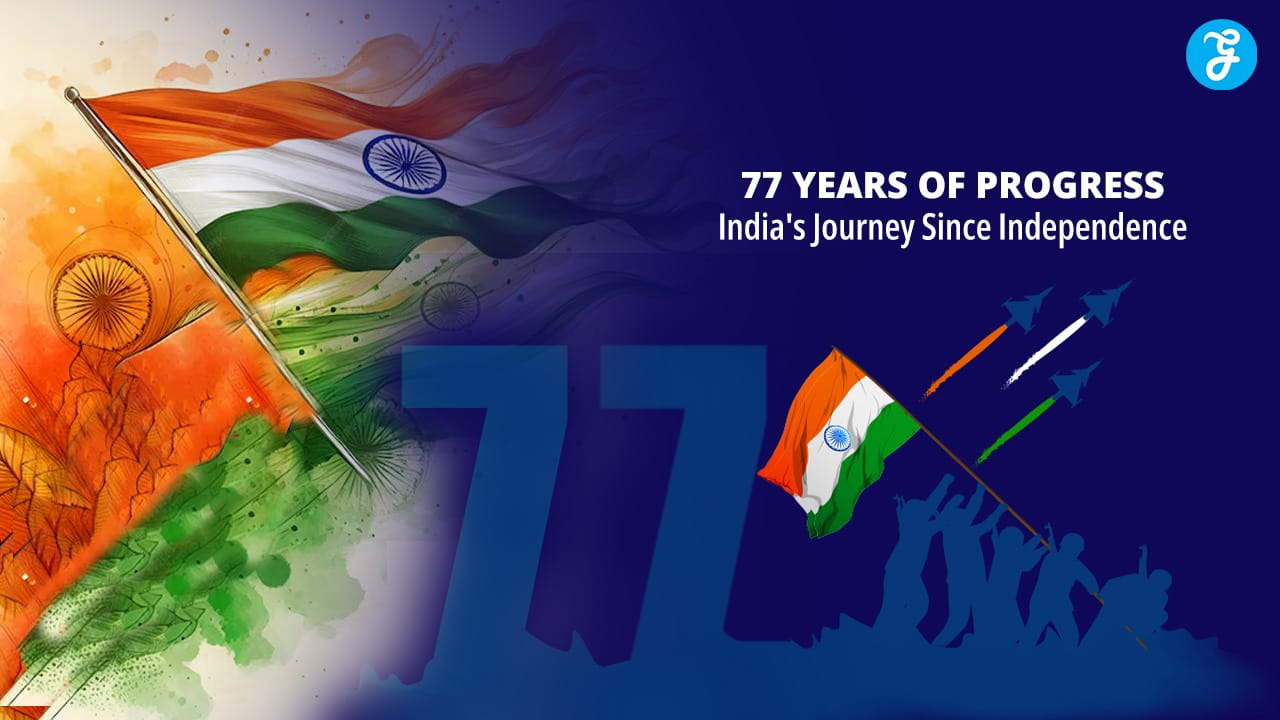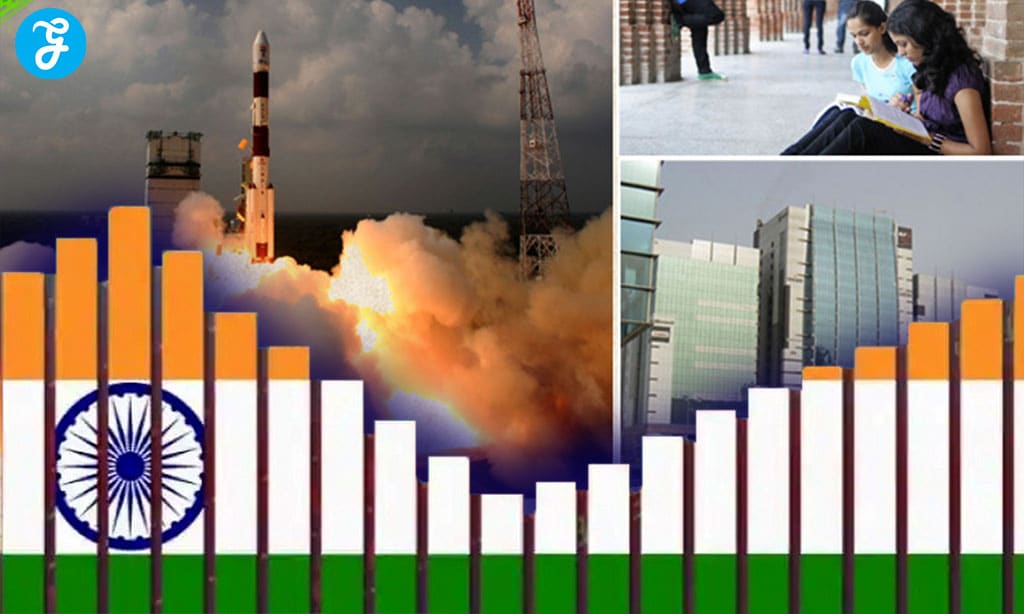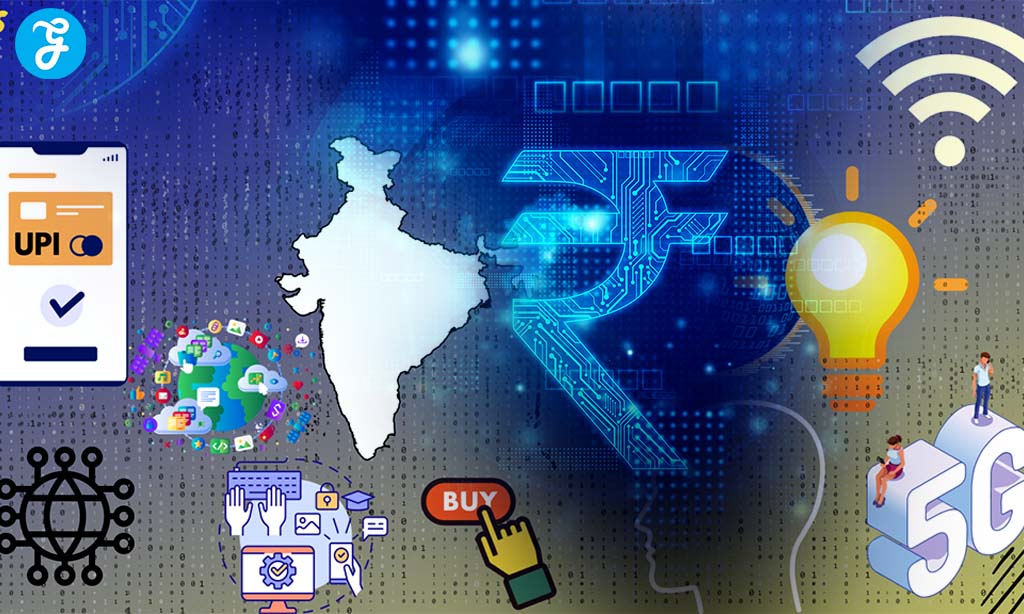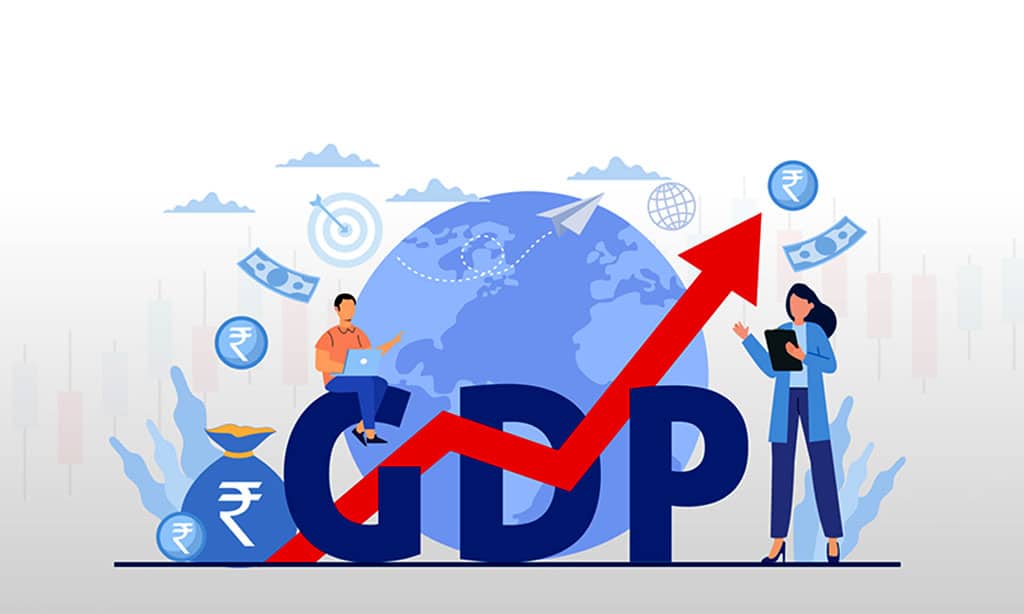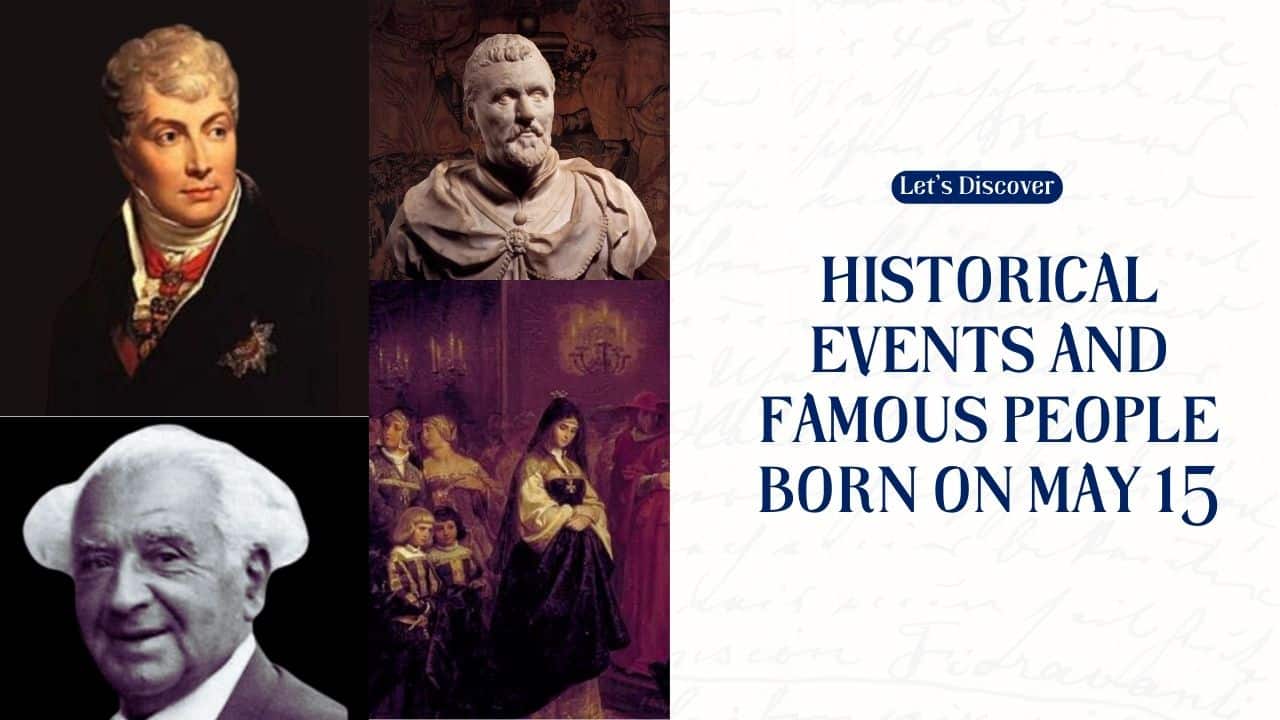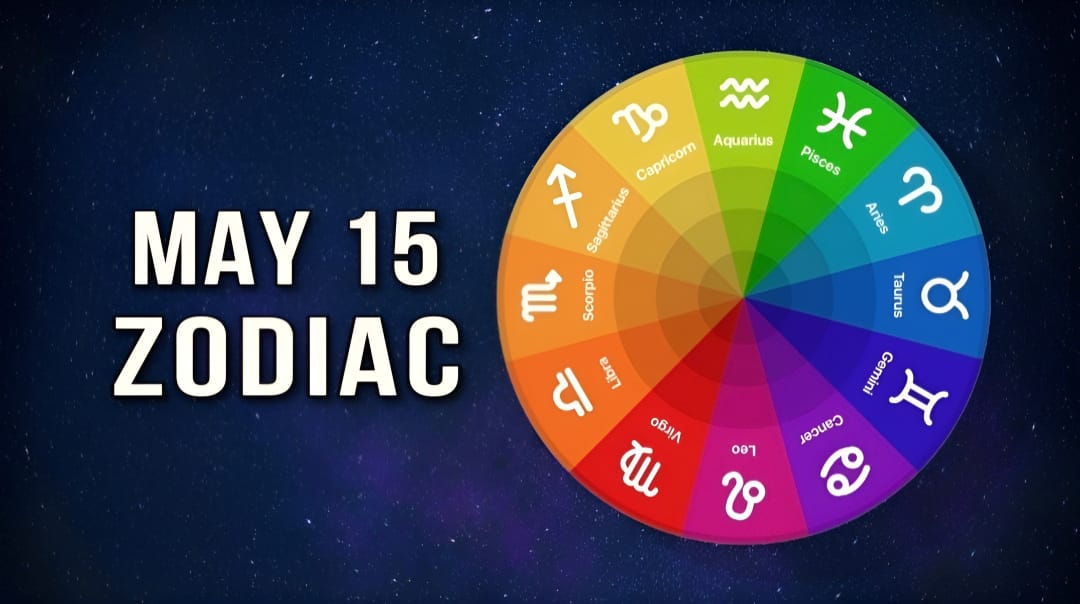Today, August 15, 2024, India is celebrating her 78th Independence Day. India’s journey since gaining independence on August 15, 1947 has been remarkable. In 77 years, the country has made great strides in many areas. From reducing infant mortality to launching space missions, India has transformed itself into a rising global power.
The nation has seen big changes in education, health, and technology. More kids now go to school. People live longer. India also leads in fields like IT and pharmaceuticals.
Despite challenges, India keeps moving forward. Its economy is growing fast. The country is working to improve life for all its citizens. As India marks another year of freedom, it looks to the future with hope and ambition. Let’s look into India’s journey since independence and how 78th independence day of India is celebrated.
India’s Struggle for Independence
India’s path to freedom was marked by decades of resistance against British rule. The struggle involved many leaders, movements, and pivotal events that shaped the nation’s future.
British Rule and the Push for Self-Rule
The British East India Company took control of India in the mid-1700s. Their rule lasted nearly 200 years. Indians faced harsh laws and unfair treatment. This led to growing anger.
The Indian National Congress formed in 1885. It became a key force for independence. Mahatma Gandhi joined in 1915. He led non-violent protests against British rule.
Gandhi’s Salt March in 1930 sparked widespread civil disobedience. The Quit India Movement of 1942 further weakened British control. World War II also strained Britain’s hold on India.
Partition and the Birth of a Nation
As independence neared, religious tensions grew. Muslims feared Hindu dominance in a united India. They pushed for a separate Muslim state.
The British agreed to split India. This led to the creation of Pakistan. The partition caused massive population transfers. Millions of people moved between the two new countries.
India gained independence on August 15, 1947. Jawaharlal Nehru became the first Prime Minister. He gave a famous speech at the Red Fort in Delhi. It marked the start of a new era.
Defining Moments Post-Independence
India faced big challenges after 1947. It had to unite diverse regions and peoples. The new government worked to build a modern nation. In 1950, India adopted its constitution. It became the world’s largest democracy. The country focused on development and social reform.
India also dealt with conflicts. It fought wars with Pakistan and China. Despite setbacks, India made progress in many areas. It grew its economy and improved education.
Political Evolution and Governance
India’s political journey since 1947 has been marked by growth, challenges, and changes. The country has seen shifts in leadership, key electoral moments, and the strengthening of its democratic foundations.
Constitutional Development and Democracy
India adopted its Constitution on January 26, 1950. This document laid the groundwork for the world’s largest democracy. It guarantees fundamental rights to all citizens and sets up a federal structure of government.
The Constitution has been amended 104 times since its adoption. These changes have helped it stay relevant in changing times. Some key amendments include the right to education and the goods and services tax.
India’s democracy has faced tests over the years. The Emergency period from 1975 to 1977 was a dark chapter. But the country bounced back, showing the strength of its democratic values.
Key Political Figures and Leadership
Jawaharlal Nehru, India’s first Prime Minister, shaped the country’s early years. He pushed for a mixed economy and non-alignment in foreign policy.
Indira Gandhi, Nehru’s daughter, became India’s first female Prime Minister. She led the country through tough times, including wars and economic crises. But her rule also saw the controversial Emergency period.
More recently, Narendra Modi has made a big impact. He first became Prime Minister in 2014. His government has launched many new schemes and pushed for economic reforms.
Electoral Milestones and the Lok Sabha Elections
India holds the world’s largest elections. The Lok Sabha, or lower house of Parliament, is elected every five years. These polls are a huge task, involving millions of voters across the country.
The first Lok Sabha election was held in 1951-52. Since then, India has had 17 general elections. Each one has been a test of the country’s democratic process.
Technology has changed how elections are run. Electronic Voting Machines (EVMs) were first used nationwide in 2004. They have made vote counting faster and more accurate.
78th Independence Day of India: Key Milestones in India’s Journey
India has made huge strides since gaining independence in 1947. The country transformed its economy, boosted food production, and changed its social landscape.
Agricultural Milestones: Green and White Revolutions
The Green Revolution in the 1960s changed Indian farming. It brought new crop varieties, fertilizers, and irrigation. This led to a big jump in food production. India went from food shortages to self-sufficiency.
The White Revolution focused on dairy. It started in the 1970s. The program helped small farmers produce more milk. India became the world’s largest milk producer.
These changes improved food security. They also boosted rural incomes.
Economic Liberalization and Reforms
In 1991, India opened up its economy. This was a big shift from earlier policies. The government cut red tape and welcomed foreign investment.
These reforms sparked rapid growth. India became one of the world’s fastest-growing economies. Its GDP grew much faster after 1991. The reforms created more jobs. They also increased consumer choices. But some say the benefits weren’t shared equally.
India in the Global Trade and Investment Arena
India’s role in global trade grew after 1991. Exports and imports both increased. The country joined the World Trade Organization in 1995. Foreign investment in India went up. Many global companies set up shop in India. Indian firms also started expanding abroad.
In 2017, India launched a major tax reform. The Goods and Services Tax (GST) replaced many local taxes. This made doing business easier.
Social Reforms and Changing Cultural Landscape
India saw big social changes too. Literacy rates went up a lot. In 1947, only 12% of Indians could read and write. By 2022, this rose to 74%. Life expectancy also improved. It went from 32 years in 1947 to 70 years in 2022.
More girls started going to school. Women’s participation in the workforce increased. But gender gaps still exist in many areas. Poverty rates fell, but remain a challenge. Many Indians moved to cities, changing the country’s social fabric.
Advances in Science, Space, and Technology
India has made great strides in science, space, and technology since gaining independence. The country has launched satellites, developed new technologies, and made important scientific discoveries.
Pioneering Space Research and Satellite Programs
India’s space program began in the 1960s. The Indian Space Research Organisation (ISRO) was set up in 1969. ISRO has launched many satellites for communication, weather forecasting, and remote sensing.
India’s first satellite, Aryabhata, went to space in 1975. It was launched from Russia. This marked the start of India’s space exploration.
ISRO has since made its own rockets. The Polar Satellite Launch Vehicle (PSLV) first flew in 1993. It can put satellites in orbit around Earth.
India sent a probe to the Moon in 2008. It was called Chandrayaan-1. In 2014, India put a spacecraft in orbit around Mars. This made India the first country to do so on its first try.
Technological Innovation and the Digital Economy
India has become a global hub for software and IT services. Many top tech companies have offices in cities like Bangalore and Hyderabad.
The country has seen a boom in startups. These new companies work on things like artificial intelligence, e-commerce, and mobile apps.
India launched the Digital India program in 2015. It aims to improve internet access and digital literacy. The program has helped millions of people get online.
Mobile phone use has grown fast in India. Most people now have smartphones. This has led to new services like digital payments and online education.
Scientific Research and Development Achievements
Indian scientists have made important discoveries in many fields. These include physics, chemistry, biology, and medicine.
India built its first nuclear reactor in 1956. The country now has several nuclear power plants. These provide clean energy to millions of homes.
Indian researchers have developed new medicines. Some of these help treat diseases like malaria and tuberculosis.
The Council of Scientific and Industrial Research (CSIR) runs many labs across India. These labs work on things like new materials, environmental science, and food technology.
India has also made progress in biotechnology. Scientists have created new crop varieties that can grow in tough conditions.
Social and Cultural Dynamics
India’s social and cultural landscape has undergone significant changes since independence. Education, healthcare, and cultural diversity have played key roles in shaping the nation’s progress.
Education Reforms and Literacy Achievements
India’s literacy rate has risen from 12% in 1947 to 74.04% today. The Right to Education Act of 2009 made education free and required for children aged 6-14. This law boosted school enrollment and helped more kids learn to read and write.
The government has built many new schools in rural areas. It has also started programs to give free meals and books to students. These efforts have helped more girls go to school.
Adult education programs have taught millions of older people to read and write. Online learning and distance education have made it easier for people in remote areas to study.
Healthcare Progress and Life Expectancy
Life expectancy in India has more than doubled since 1947, rising from 32 years to 70 years in 2022. This big jump is due to better healthcare and living conditions.
The country has built many new hospitals and clinics. It has trained more doctors and nurses. Vaccination programs have helped prevent many diseases.
India has made its own medicines and vaccines. This has made healthcare cheaper and more available. The government has started health insurance programs for poor families.
Better sanitation and clean water have also improved health. Many villages now have toilets and safe drinking water.
The Rich Tapestry of Indian Heritage and Diversity
India is known for its diverse cultures, languages, and traditions. The country has 22 official languages and hundreds of dialects. Each state has its own unique food, music, and art.
Indian movies, music, and dance are popular worldwide. Bollywood films showcase Indian culture to global audiences. Traditional art forms like classical dance and music are still practiced and loved.
Festivals like Diwali, Eid, and Christmas are celebrated across the country. They bring people of different faiths together. India’s mix of ancient traditions and modern ideas makes its culture unique and vibrant.
Infrastructure and Modernization
India’s progress in infrastructure and modernization since independence has been remarkable. The country has made great strides in transportation, urban development, and sustainable energy practices.
Building a Network of National Highways and Transportation
India’s road network has grown enormously since 1947. The country now has the third largest road system in the world. National highways have expanded from just a few thousand kilometers to over 137,000 kilometers today.
This growth has connected cities, towns, and villages across India. It has helped boost trade and economic development. The government keeps investing in new highway projects each year.
Railways have also seen major improvements. India now has one of the largest rail networks globally. New high-speed rail corridors are being built to connect major cities.
Fostering Industries and Urban Development
India’s cities have transformed dramatically since independence. Many new urban areas have sprung up as people moved from villages for jobs. The government has launched programs to improve city infrastructure and services.
Industrial growth has been a key focus. Special economic zones offer tax benefits to companies. This has helped create millions of jobs in manufacturing and services.
Tech hubs like Bangalore have become global centers for IT and startups. New industrial corridors are being built to boost manufacturing and exports.
Renewable Energy Initiatives and Sustainable Practices
India has made big moves toward clean energy in recent years. Solar and wind power capacity has grown rapidly. The country aims to get 50% of its electricity from renewable sources by 2030.
Large solar parks have been set up in many states. Rooftop solar systems are becoming common in cities. Wind farms dot the coasts and mountains.
The government gives incentives for electric vehicles to cut pollution. Green building codes promote energy-efficient construction. These efforts aim to balance growth with environmental protection.
Challenges and the Path Forward
India faces significant hurdles as it continues its journey of progress. The country must tackle poverty, strengthen its foreign policy, and promote social justice to build a brighter future for all citizens.
Combating Poverty and Corruption
Poverty remains a big problem in India. About 20% of people still live below the poverty line. This means millions struggle to get basic needs like food and shelter.
Corruption also holds India back. It wastes money and hurts public services. The government has tried to fight corruption with laws and tech solutions. But more work is needed.
Some key steps to address these issues are:
- Create more jobs
- Improve education and job training
- Use technology to make government services more transparent
- Enforce anti-corruption laws strictly
Foreign Policy and National Security
India’s location brings security challenges. Tensions with neighbors like Pakistan and China cause worry. Border disputes, like in Kashmir, remain unresolved.
India needs a strong foreign policy to deal with these issues. It must balance relations with global powers while protecting its own interests.
Key focus areas:
- Build stronger ties with friendly nations
- Modernize military forces
- Improve border security
- Work to resolve conflicts through talks
Fostering Social Justice and Empowerment
Many groups in India still face unfair treatment. Women, lower castes, and religious minorities often have fewer chances in life.
To fix this, India must:
- Make sure all kids get good schooling
- Create more job options for disadvantaged groups
- Pass and enforce laws against discrimination
- Teach people to respect all cultures and backgrounds
Progress has been made, but there’s still a long way to go. Real change will take time and effort from both the government and citizens.
India on the World Stage
India’s global presence has grown significantly since independence. The country has made strides in diplomacy, sports, trade, and strategic partnerships, becoming a key player on the international stage.
International Diplomacy and Bilateral Relations
India’s foreign policy has evolved over the decades. The country now maintains strong ties with major world powers. India has diplomatic relations with over 190 countries.
Key alliances include:
- United States
- Russia
- Japan
- European Union
India plays an active role in international organizations. It is a founding member of the United Nations and the Non-Aligned Movement. The country is also part of BRICS and the G20.
India’s soft power has increased through cultural exchanges and diaspora connections. Its cinema, yoga, and cuisine have gained global popularity.
Achievements in Global Sports and Cultural Expositions
Indian athletes have made their mark in international competitions. Cricket remains the most popular sport. The Indian cricket team has won two ODI World Cups (1983, 2011).
Other notable sports achievements:
- Olympic medals in shooting, wrestling, and badminton
- Chess grandmasters like Viswanathan Anand
- Success in kabaddi at the Asian Games
Indian culture has been showcased at world expos and festivals. The country’s art, music, and dance forms attract global audiences. Indian films have won awards at major film festivals.
Strategic Partnerships in Trade and Defense
India has become a major economic power. Its GDP ranks among the top 5 globally. The country has trade agreements with many nations and blocs.
Key trade partners:
- United States
- China
- United Arab Emirates
- European Union
Defense partnerships have strengthened India’s security. Joint military exercises are held with several countries. India has also become a major arms importer.
The country is developing its own defense industry. Programs like “Make in India” aim to boost domestic production.
India’s Growing Global Influence
India’s voice carries weight in global affairs. The country pushes for reform in international institutions. It seeks a permanent seat on the UN Security Council.
India leads on climate change issues. It co-founded the International Solar Alliance. The country is working to reduce its carbon emissions.
India’s space program has gained recognition. Successful Mars and Moon missions have put it in an elite group of space-faring nations.
The country’s tech sector is globally competitive. Indian IT firms serve clients worldwide. Startups from India are making waves in various industries.
Future Goals and Vision for the Country
India has big plans for its future. The government wants to make India a developed country by 2047. This goal is called “Viksit Bharat” or “Developed India.”
Prime Minister Modi shared his ideas for India’s future on Independence Day. He talked about making the country stronger and better for everyone.
Some key goals for India include:
- Boosting the economy
- Improving education and healthcare
- Advancing technology and innovation
- Strengthening infrastructure
- Promoting environmental sustainability
Digital India is a big part of the country’s vision. It aims to use technology to improve people’s lives. This includes people in small towns and cities, too.
The government also wants to:
- Create more jobs
- Reduce poverty
- Enhance national security
- Promote cultural heritage
These goals are part of India’s “Amrit Kaal” plan. This is a special time to work towards a better future.
India’s leaders hope these efforts will make the country stronger and more prosperous. They want India to be a global leader by its 100th year of independence.
Takeaways
India’s journey since independence has been remarkable. The nation has made great strides in many areas over the past 77 years.
India’s economy has grown significantly. It is now one of the largest economies in the world. The country has also made progress in reducing poverty, though challenges remain.
Education has improved vastly since 1947. Literacy rates have increased dramatically. More Indians now have access to schooling at all levels.
In science and technology, India has achieved major successes. Its space program has put satellites into orbit and sent probes to Mars. Indian IT companies are now global leaders.
Healthcare has seen advancements too. Life expectancy has increased by over 30 years since independence. Child mortality rates have fallen sharply.
India faces ongoing issues like inequality and corruption. But it has come a long way in a relatively short time. The country’s journey shows the power of democracy and determination.
As India moves forward, it aims to build on its progress. The goal is to create more opportunities and prosperity for all its citizens. India’s future looks bright as it continues to grow and develop.


